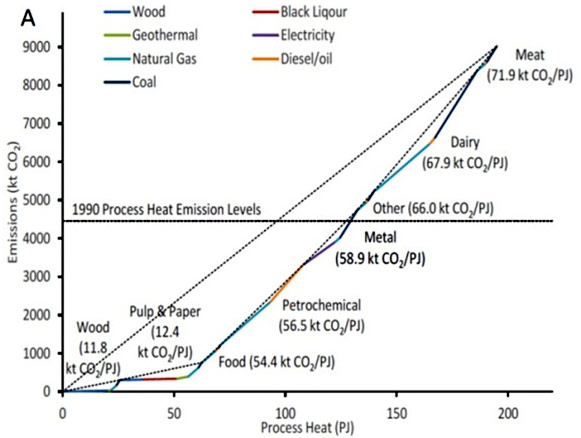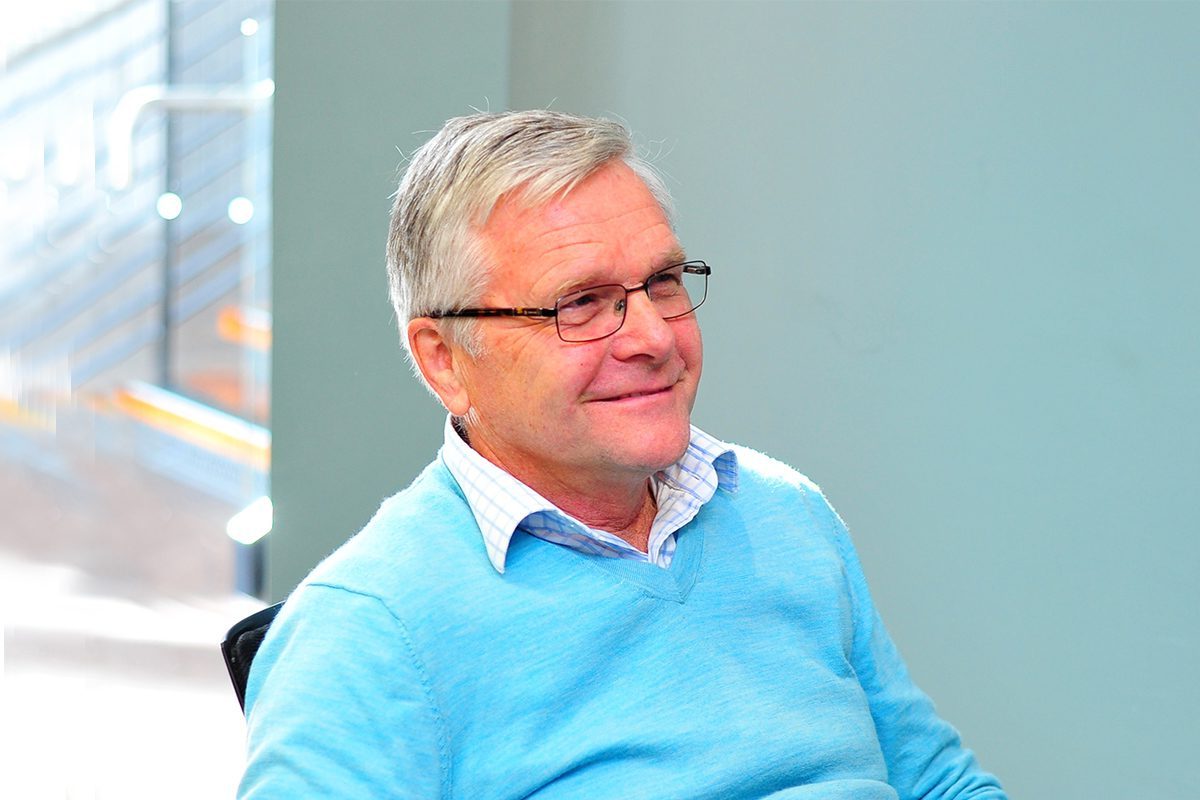“Yes We Can” says the recently held and aptly named symposium of low carbon associations – of which HERA is an active part.
As a research levy funded organisation, R&D is in our blood. Our focus on clean energy technology development through our AGGAT programme and upcoming foray into the wave and tidal space, made our attendance a logical one – discussing opportunities that are technically and economically achievable within the Paris timetable to reduce global carbon emissions.
Ultimately, our aim is to prepare a collaborative plan of action for the Government, giving guidance on possible productivity and investment prospects for business decision makers.
Minister of Energy and Resources and Associate Minister for Climate Change Hon Simon Bridges outlined the Government’s expectations for a good plan of action, confirming they’re taking the Paris Agreement seriously, want NZ to meet its targets and that this industry driven initiative is a welcomed one.
A number of key presentations supported the targets were achievable by those industries represented in the room. The most significant insight for the NZ carbon emission reduction potential was delivered by the University of Waikato’s Dr Martin Atkins & Dr Tim Walmsley in their presentation “Understanding New Zealand’s GHG emissions profile”. Structured into the areas of electricity, transport and process heat priority applications – the presentation shows targets can be deducted for each area.
For our heavy engineering industry renewable energy generation technologies and changes to more clean heat processing technology offer the greatest potential to reduce our carbon footprint and engaging in these technologies likely will offer strong business opportunities with a more ready market to take up this solution.
The diagram from the Atkins Walmsley presentation shows the New Zealand process heat requirements and the associated emissions profile. It shows the largely biomass and geothermal energy supplied wood and pulp & paper industry has a low potential for improvement while all other industries including food, dairy and meat have excellent improvement potential. And a particularly common theme appeared to be the potential to replace coal fired process heat with lower carbon emitting alternatives such as biomass.
Given our stake in the game, we’ll continue to play an active part in informing sector specific contributions to the carbon reduction campaign, and identifying common themes that arise and may have potential business development opportunities for our members.
If you’d like to get information, you can get access to the presentation ‘Understanding New Zealand’s GHG emissions profile’ on the “Yes We Can” website.


